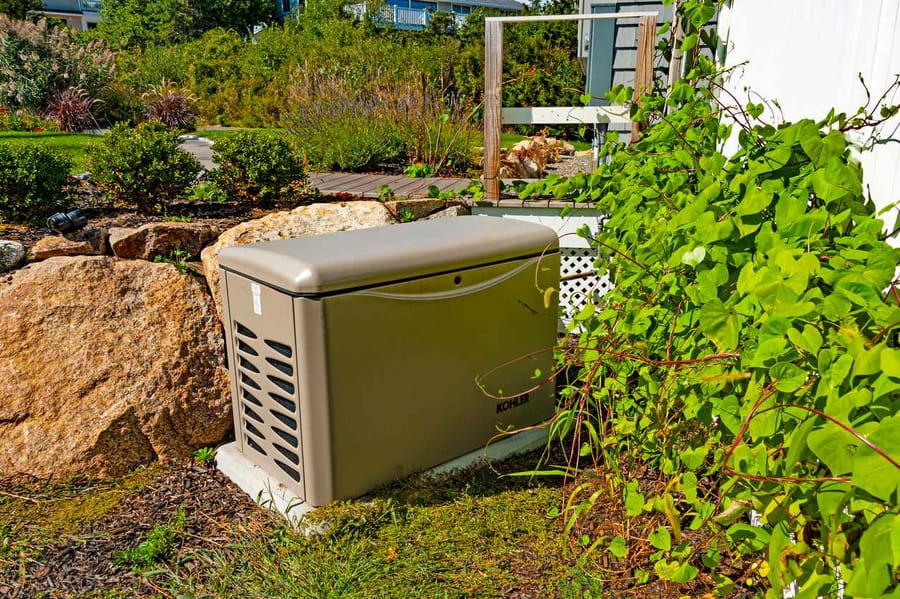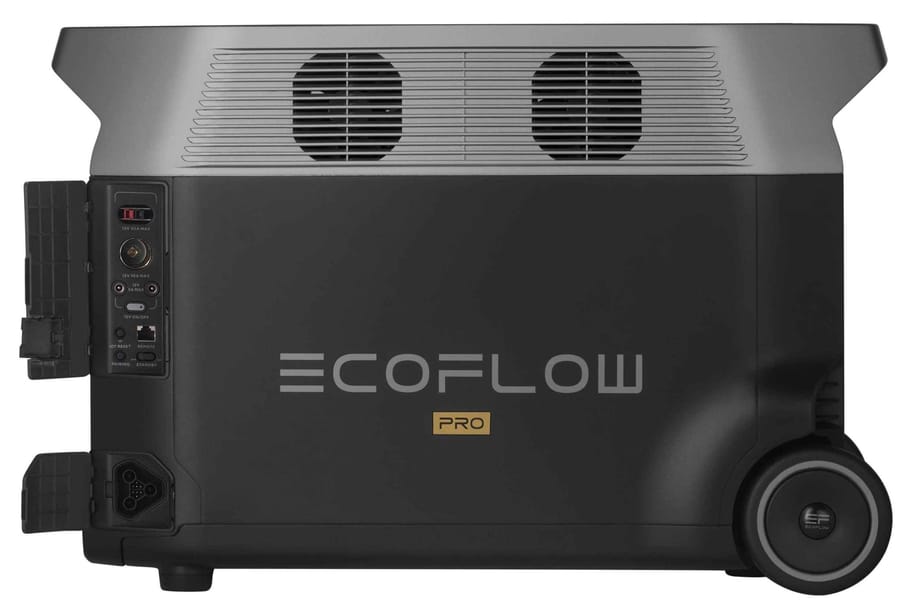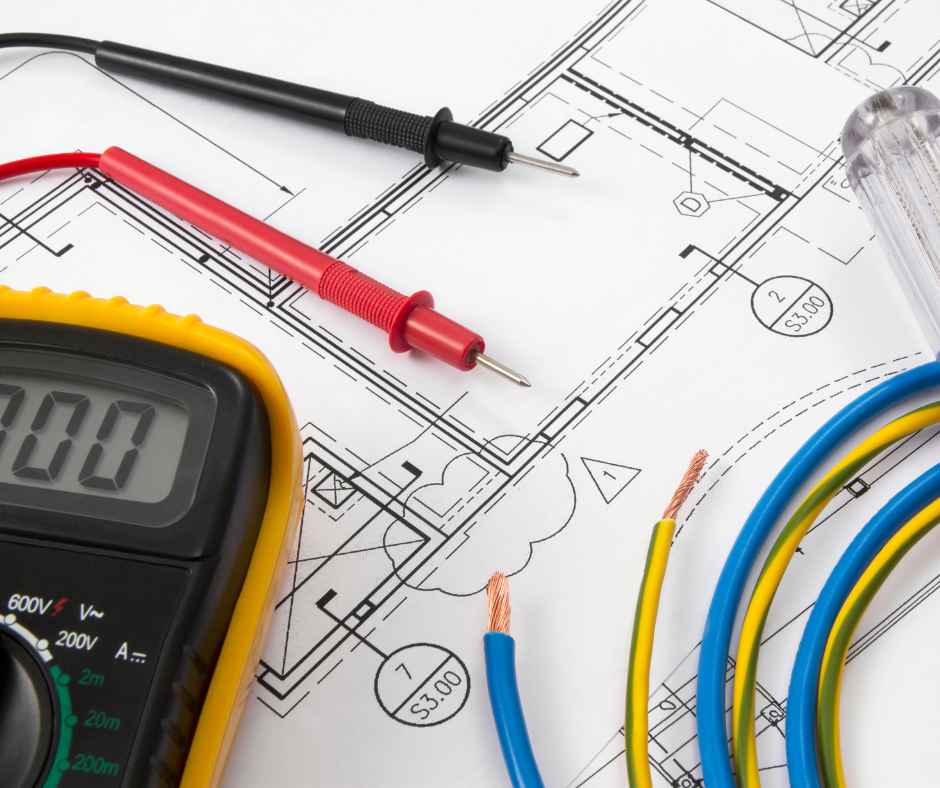Sizing Your Manual Transfer Switch: How Annapolis Homeowners Can Match the Right Switch to Their Generator and Electrical Panel

A manual transfer switch is one of the most important components of a safe and reliable backup power setup. For Annapolis homeowners who rely on generators during coastal storms, high winds, and seasonal outages, choosing the right transfer switch ensures that power flows safely to essential circuits without overloading the electrical system. The switch acts as the bridge between your generator and your home, making correct sizing essential.
Matching your manual transfer switch to both your generator and your electrical panel prevents risks such as backfeeding, tripped breakers, and electrical damage. With many Annapolis homes ranging from historic properties to newly built waterfront houses, electrical panel configurations can vary widely. This guide explains how to size your manual transfer switch properly, how to ensure compatibility with your generator, and why professional installation is the safest approach for your home.
Why Manual Transfer Switch Sizing Matters
A manual transfer switch is responsible for directing generator power safely into your home’s electrical system. When the switch is correctly sized, it ensures that only the circuits you choose receive power and that your generator does not overload or send electricity back into the grid. For Annapolis homeowners, especially those dealing with frequent coastal outages, correct sizing is essential for safety, performance, and long term reliability.
Protecting Your Home and Electrical Panel
A properly sized transfer switch prevents excess electrical load from reaching your main panel. If the switch is too small, it cannot handle the generator’s output. If it is too large, it may allow more power than your wiring is designed to support. Either issue can damage appliances, breakers, or the panel itself. The correct size keeps your system balanced and ensures that only compatible circuits receive power during an outage.
Ensuring Smooth Generator Operation During Outages
When a transfer switch matches your generator’s output, the system operates smoothly without power drops or breaker trips. A correctly sized switch distributes electricity efficiently, helping your generator run at a stable load. This prevents unnecessary strain on the generator, reduces fuel consumption, and extends its lifespan. During storms or multi day outages, this stability is especially important for maintaining comfort and safety in your home.
How to Determine Your Generator’s Size Requirements
Choosing the right manual transfer switch begins with understanding your generator’s output. The size of your generator determines how much power your home can safely receive during an outage. Annapolis homeowners often use portable generators or mid sized standby units, each with different wattage and amperage needs. Knowing these numbers ensures you select a transfer switch that can handle the generator’s full capacity without risk.
Calculating Wattage for Essential Circuits
Start by identifying which appliances and circuits you want to power during an outage. Many families prioritize refrigerators, sump pumps, lighting, routers, and small HVAC components. Each has a specific wattage requirement. Adding these numbers together gives you a clear picture of how much power your generator must produce. Once you know your total wattage needs, you can choose a generator that meets or exceeds that minimum.
Choosing Between Whole Home and Selected Circuit Coverage
Some Annapolis homes rely on smaller portable generators that only power selected circuits, while others choose larger units capable of running the entire house. Selected circuit setups typically use a manual transfer switch with six to ten circuits. Whole home backup requires a generator with significantly higher output and a transfer switch sized to match the main electrical panel. Deciding which option fits your needs helps narrow down the correct switch size and configuration.
Matching the Transfer Switch to Your Electrical Panel
Once you know your generator’s output, the next step is ensuring your manual transfer switch is compatible with your home’s electrical panel. Annapolis homes range from historic city properties to newer waterfront builds, and each style often comes with different panel capacities and layouts. Correct sizing ensures that the transfer switch can safely manage the power entering your system without overwhelming your wiring or breakers.
Identifying Your Panel’s Main Breaker Rating
Your electrical panel’s main breaker rating determines the maximum amperage the panel can handle. Common residential panels are rated at 100, 150, or 200 amps. The transfer switch does not need to match the full panel rating unless you are planning a whole home backup. However, it must be sized to handle the circuits you want to power and compatible with the overall panel design. Checking the main breaker label gives you the information needed to select the correct switch.
Differences Between 30 Amp and 50 Amp Transfer Switches
Most portable generators used in Annapolis pair well with either 30 amp or 50 amp manual transfer switches.
-
A 30 amp switch is ideal for medium sized portable generators that power a limited number of essential circuits.
-
A 50 amp switch is designed for larger portable generators or home backup systems that support more demanding circuits, such as well pumps or high draw appliances.
Choosing the correct amperage prevents system overload and ensures smooth operation. If your generator connector or plug is designed for a specific amperage, your transfer switch must match it.
Selecting the Right Type of Manual Transfer Switch
Not all manual transfer switches are the same. The right choice depends on your generator size, the number of circuits you want to power, and the layout of your Annapolis home. Understanding the different switch styles helps you select a setup that is safe, efficient, and easy to operate during a power outage.
Six Circuit and Ten Circuit Options
Many Annapolis homeowners choose compact six circuit or ten circuit manual transfer switches.
-
A six circuit switch is well suited for smaller generators powering the basics such as a refrigerator, sump pump, lighting, and communication devices.
-
A ten circuit switch supports more appliances or larger loads, giving you extra flexibility during longer outages.
Both options give you selective control over which circuits receive power, helping you avoid overload and manage your generator output more effectively.
Outdoor Rated vs Indoor Rated Transfer Switches
Where your generator connects to the home determines whether you need an indoor or outdoor rated transfer switch.
-
Outdoor rated switches are built to withstand coastal moisture, salt air, and heavy rainfall common in Annapolis. They are ideal when the generator is set up outside or near a garage.
-
Indoor rated switches are used when the generator inlet connects through a protected space, such as a basement or utility room.
Choosing the correct rating ensures long term reliability and protects the switch from environmental damage.
Installation Requirements for Annapolis Homes
Installing a manual transfer switch involves more than connecting wires. Annapolis homeowners must follow local electrical codes, consider the challenges of coastal weather, and ensure that the installation is safe for both the home and the generator. The right setup protects your electrical system, reduces outage stress, and keeps your family safe.
Placement Considerations to Avoid Moisture Exposure
Annapolis homes often face high humidity, coastal salt air, and frequent rain, which means placement is critical. A transfer switch should be installed in a dry, accessible location that protects it from corrosion and moisture. Outdoor rated switches must be mounted on a stable surface with proper weather protection. Indoor switches should be kept away from damp basements or areas prone to condensation.
Ensuring Proper Wiring and Load Balancing
Correct load balancing ensures that your generator and transfer switch work together safely. Each circuit must be wired and labeled properly so you know exactly what will receive power during an outage. A licensed electrician will verify that the generator inlet, wiring path, breaker assignments, and switch configuration are all compatible with your home’s electrical panel. This prevents overload, protects appliances, and ensures dependable performance during severe coastal storms.
Get the Right Manual Transfer Switch for Your Annapolis Home
A properly sized manual transfer switch gives you safe and dependable access to backup power during storms, outages, and coastal weather events. By matching the switch to your generator and electrical panel, you protect your home, avoid overload issues, and ensure your generator performs exactly as it should when you need it most.
Chesapeake Electric provides professional assessments and expert installation to help you choose the right manual transfer switch for your home. Our licensed electricians ensure full compatibility with your generator, your panel, and local code requirements. Contact Chesapeake Electric today to schedule your consultation and keep your home prepared for the next Annapolis outage.
Recent Posts

November 21, 2025

November 21, 2025

October 29, 2025

October 29, 2025

October 29, 2025

September 26, 2025

September 18, 2025
